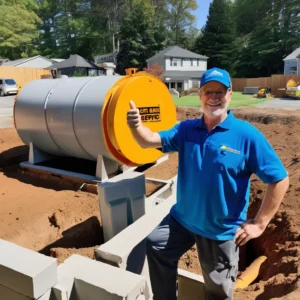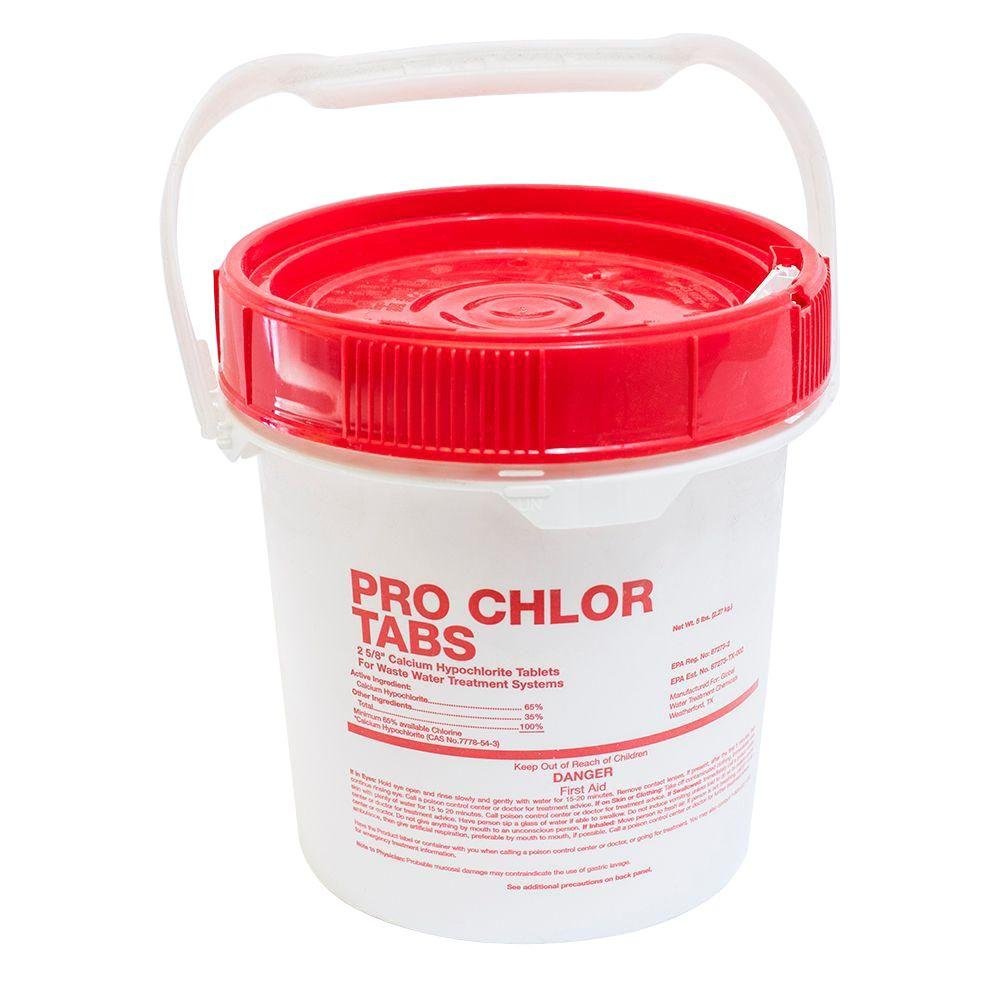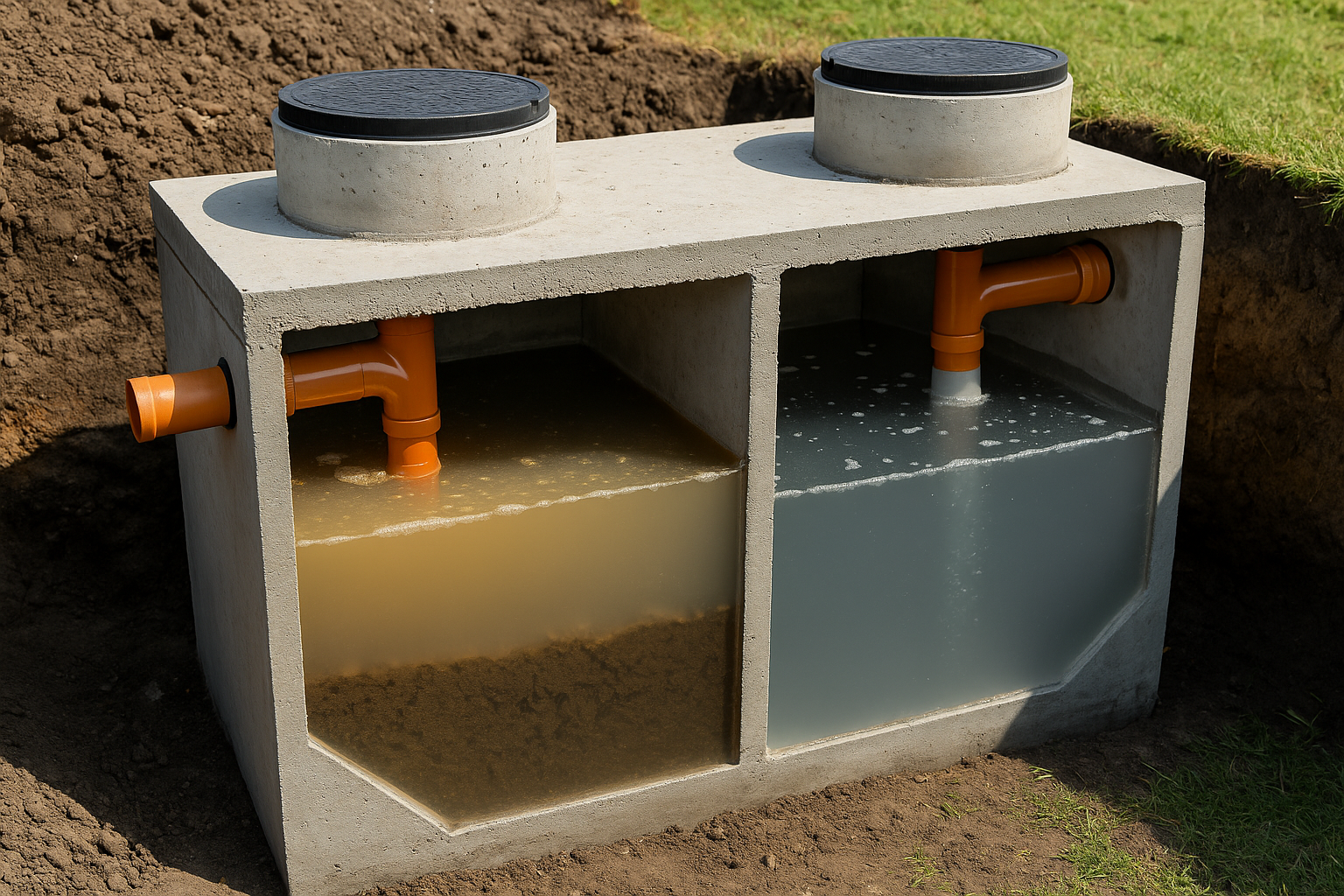A Comprehensive Analysis
1. Northeast: A Model for Environmental Rigor
The Northeastern United States, including states like Massachusetts, Vermont, and New Hampshire, is renowned for its stringent septic tank regulations. These states prioritize protecting groundwater and surface water resources, which are critical to the region’s ecosystems and drinking water supplies.
- Design Standards: Systems must meet rigorous criteria for soil absorption rates, tank capacity, and setback distances from water bodies. Advanced treatment systems, such as aerobic treatment units (ATUs), are often required in environmentally sensitive areas [
- Inspection and Maintenance: Regular inspections are mandatory, typically every 1-3 years, to ensure compliance with state standards. Homeowners are also required to maintain detailed records of system performance and maintenance activities.
- Environmental Protections: Setbacks from wetlands, streams, and wells are strictly enforced. Some states, like Massachusetts, have implemented nitrogen-reducing technologies to address nutrient pollution in coastal areas.
2. Southeast: Balancing Growth and Environmental Safeguards
The Southeastern United States, including Florida, Georgia, and North Carolina, faces unique challenges due to rapid population growth, high water tables, and frequent heavy rainfall. Regulations in this region aim to balance development needs with environmental protection.
- Design Standards: Systems are designed to accommodate sandy soils and high rainfall, with specific requirements for drain field sizing and tank construction. Elevated systems are often used in areas with high groundwater levels.
- Inspection Requirements: Inspections are less frequent than in the Northeast, typically only required at the time of installation or property transfer. However, some states are beginning to adopt more frequent inspection schedules in response to environmental concerns.
- Environmental Protections: The ffocusis on preventing nutrient pollution, particularly in coastal areas vulnerable to algal blooms. Florida, for example, has implemented stricter regulations for septic systems near sensitive water bodies.
3. West Coast: Pioneering Innovation and Water Conservation
The West Coast, particularly California and Washington, is at the forefront of innovative septic tank regulations. These states emphasize water conservation, advanced treatment technologies, and the protection of marine ecosystems.
- Design Standards: Systems must incorporate water-saving features and meet rigorous performance standards for effluent quality. California, for instance, requires systems to reduce nitrogen and phosphorus levels to protect coastal waters.
- Inspection and Maintenance: Inspections are required every 3-5 years, with a focus on system performance and maintenance. Some counties in California have adopted real-time monitoring systems to track septic system health.h
- Environmental Protections: Regulations prioritize protecting marine ecosystems, with strict requirements for nitrogen and phosphorus removal. Washington State has implemented shoreline management programs to reduce septic system impacts on Puget Sound.

4. Emerging Trends and Future Directions
Across the United States, septic tank regulations are evolving to address emerging challenges such as climate change, population growth, and technological advancements.
- Climate Change Adaptation: Regions prone to flooding and sea-level rise are revising regulations to ensure septic systems remain functional and environmentally safe. Elevated systems and flood-resistant designs are becoming more common in coastal areas.
- Technological Innovations: Advanced treatment systems, such as membrane bioreactors and nitrogen-reducing technologies, are gaining traction nationwide. These systems offer improved effluent quality and environmental protectionion.
- Public Health and Equity: Some states are addressing disparities in septic system access and maintenance, particularly in rural and low-income communities. Grant programs and technical assistance initiatives are being implemented to support these populations
5. Key Contrasts and Implications
The differences in septic tank regulations across the U.S. highlight the importance of tailoring policies to local conditions.
- Frequency of Inspections: The Northeast mandates more frequent inspections compared to the Southeast and West Coast, reflecting its focus on environmental protection
- Technological Adoption: The West Coast leads in adopting advanced treatment technologies, while the Southeast and Northeast rely more on traditional designs
- Environmental Priorities: Each region tailors its regulations to address specific environmental challenges, such as groundwater protection in the Northeast and nutrient pollution in the Southeast
Conclusion
Septic tank regulations in the United States are a testament to the diverse environmental and demographic landscapes of the country.
While the Northeast sets a high bar for environmental rigor, the Southeast balances growth with safeguards, and the West Coast pioneers innovation.
As challenges like climate change and population growth intensify, these regulations will continue to evolve, shaping the future of septic system management nationwide.




